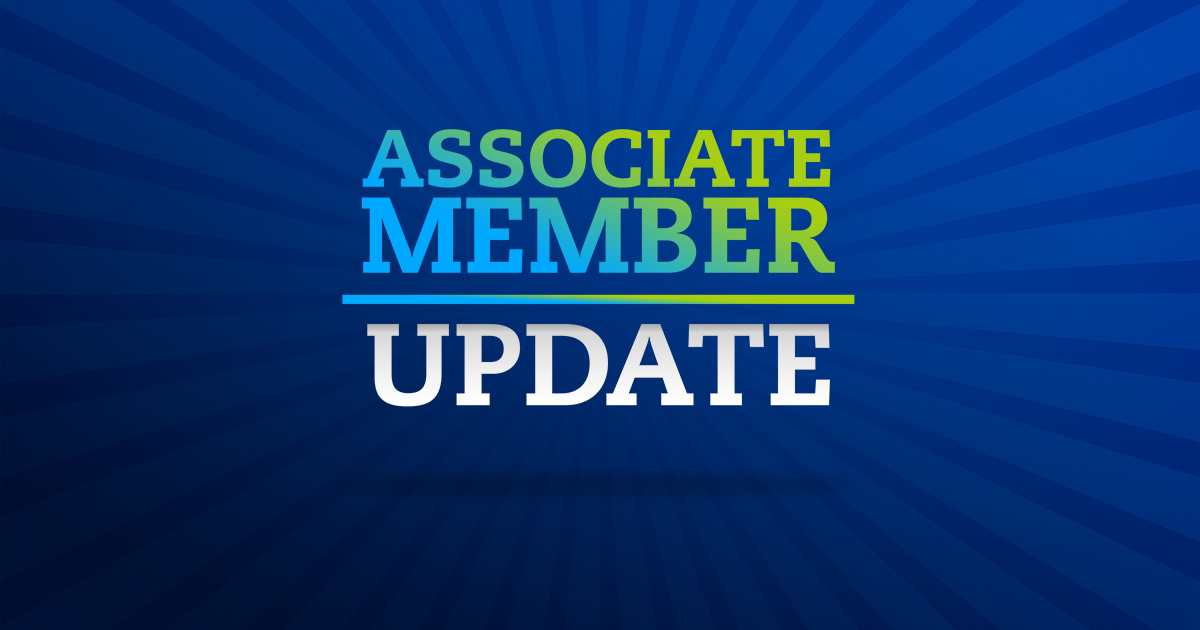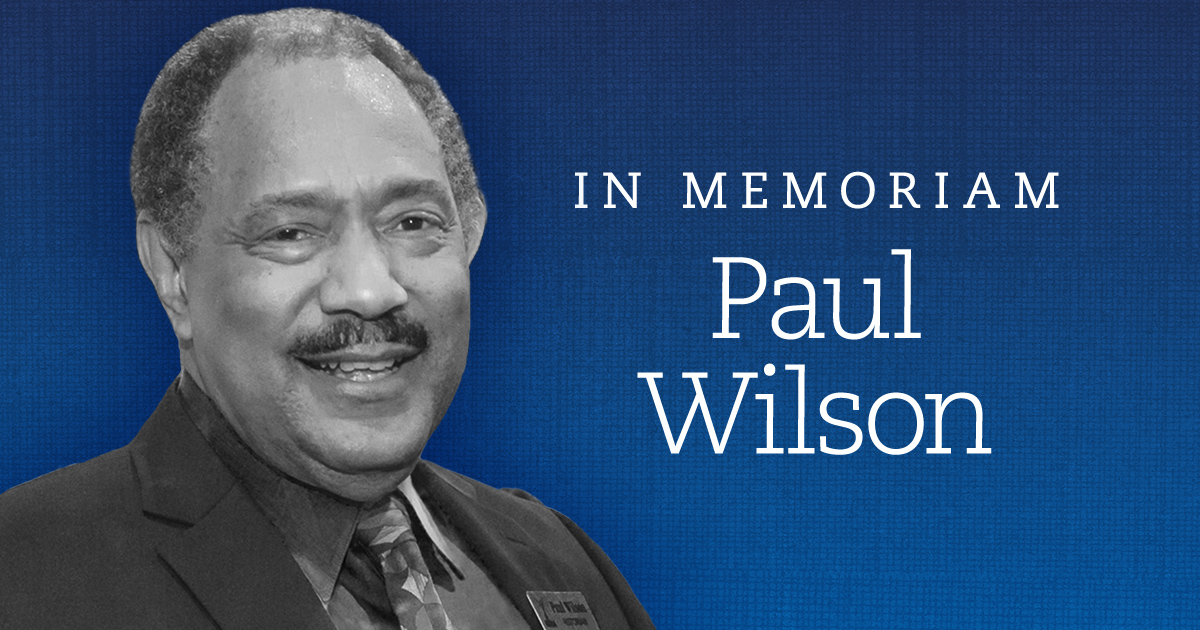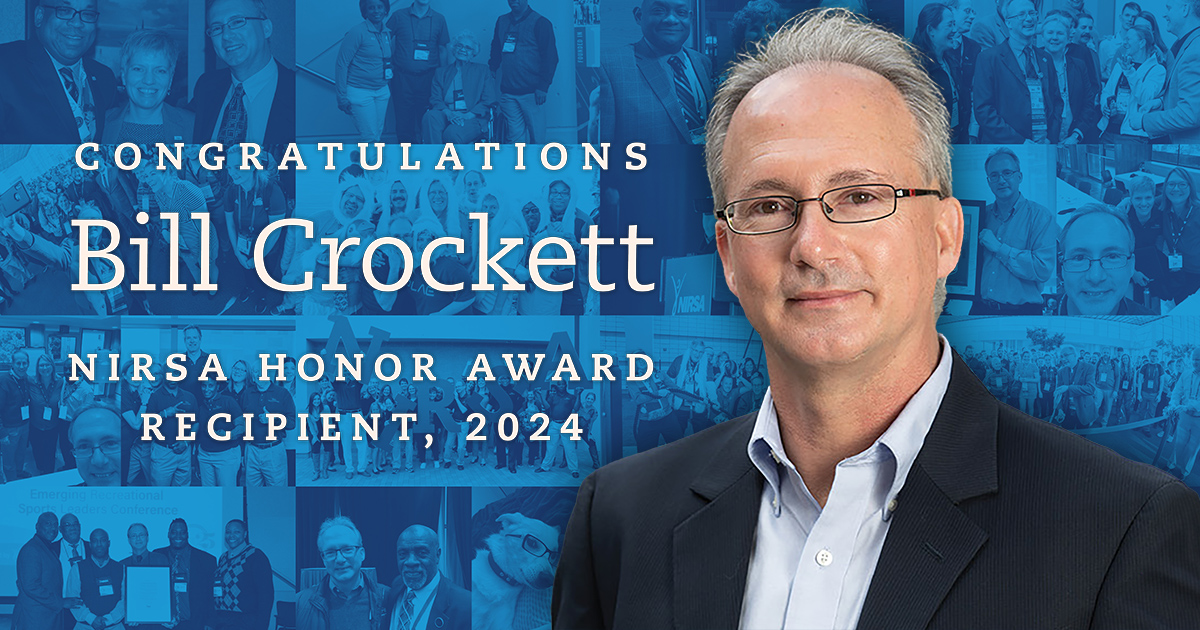One of the most exciting trends in collegiate recreation right now is the integration of wellbeing across campuses. It’s especially interesting to track the movement of rec professionals taking their experience in the profession into other spaces of wellbeing. Stacy Connell is one such member.
Stacy served as the Associate Director of University Recreation at North Carolina State University for four years, and a few months ago, she became the first Senior Director of Health Initiatives at Georgia Tech. There, she leads the newest of three units in Georgia Tech’s two-year-old Health and Wellbeing department which also includes Campus Recreation and Stamps Health Services.
Stacy says that in some ways the move away from campus rec was a big leap because collegiate recreation “had been her comfort zone;” but a lot of the work in her new job was already familiar to her. “I had the opportunity to lead university-wide wellness initiatives at NC State, and my new position allows me to dive more deeply into the space of public health from a broader perspective,” she explains.
Focusing upstream
Discovering collegiate recreation as an undergraduate at Florida State and as a graduate assistant at the University of Georgia cemented Stacy’s passion for the preventative. As an undergraduate, she worked in the Bobby E. Leach Student Recreation Center as a fitness instructor and personal trainer while studying exercise physiology in preparation for physical therapy school. However, when she began her volunteer hours for physical therapy school, she realized it wasn’t the right career path for her. “I didn’t like being on the side of rehabilitation,” she says. “I wanted to be on the side of prevention and help others before ailments occur.”
Stacy earned her master’s degree in kinesiology while working as the fitness and wellness graduate assistant at the University of Georgia and says her experience there illuminated her path into campus recreation as a profession. She worked as Assistant Director of Fitness and Wellness at Texas Christian University and the University of Georgia and then continued to advance her career by taking on the role of Associate Director for Programs at North Carolina State University, gaining experience in outdoor adventures, challenge course, club and intramural sports, and in building university wellness initiatives.
Like many NIRSA members, Stacy’s relationships with great leaders had a powerful impact on her. “They believed in me, challenged me, supported me, and provided me with numerous opportunities,” she says. She is especially grateful to Eric Hawkes, Executive Director, Wellness & Recreation at NC State; Theresa Bettis, her supervisor as a GA at the University of Georgia; and Cristie Carpenter (Associate Director), Mary Ellen Milam (Associate Director), and the late Steve Kintigh (Director) of Texas Christian University. “They helped me understand how to shape myself as a professional and were the first people to give me the chance to lead high profile wellness initiatives,” she adds.
Though Georgia Tech was seeking a candidate with a public health background for the Senior Director of Health Initiatives position, Stacy was confident her recreation background had given her the necessary experience. “The work of collegiate recreation is dancing two lines,” she says. “There is the core of recreation which includes great programs, world-class facilities, and high-quality services, but then you also have this public health piece. I’ve always been in the field of public health, but I’ve just approached it with a different lens.” Examples of this include leading aquatic fitness classes for breast cancer survivors at Texas Christian University and an intensive behavior exercise program at the University of Georgia to combat obesity. “The work that I do is all about the health and wellbeing of students and employees,” Stacy says.
Reframing the approach to wellbeing
As Stacy works to define the parameters of her new role at Georgia Tech, she finds herself leaning on the NIRSA Core Competencies she developed working in campus recreation. Skills such as organizational leadership, fiscal management, budgeting, marketing, communication, student and staff development, and public speaking skills are crucial as she builds her team and begins the work of developing new, evidence-based initiatives that focus on upstream efforts to promote health and wellbeing.
“The roots of my department are strong in traditional health promotion and my team’s role is to continue to build upon the existing strong programs and services that we are already offering but packaging them in a way that is more proactive and relevant,” she says.
Part of this repackaging is moving away from an emphasis on ‘don’t do this, don’t do that,’ and instead focusing on strengths and life skills development. “We consider skills like resiliency, goal setting, kindness, mindfulness, grit, and connectivity with the ultimate priority that we support students before they have a significant diagnosis for a chronic or mental illness,” says Stacy. “That for me is the
This positive, strengths-based reframing can be seen in the way Stacy’s team carefully considers the context and message behind condom distribution and HIV testing, important aspects of health promotion. “We’re reframing condom distribution and testing within a space of healthy relationships,” says Stacy. “Condoms are something we do for a physical health reason but now we’re including materials about how to have a healthy relationship—highlighting the importance of knowing your partner and communicating about your sexual history.” The goal is still for students to utilize condoms and get tested for HIV/STIs, but it’s put in a context that’s more accessible than shocking statistics while simultaneously fostering communication and relationship skills.
Stacy emphasizes that there’s no one size fits all approach to wellbeing. “How we approach wellbeing has to be multi-faceted. The gatekeeper for me might be being active and being social but for someone else the gatekeeper could be something more spiritual or emotional,” she says. “There’s no perfect, one-size-fits-all solution to make an individual person feel like they are flourishing and thriving.”
Championing culture change
Though Stacy is only a few months into the new job, there are already a wide variety of initiatives underway including expanding two pilot programs for national best practices: the Certified Healthy initiative—an opportunity for departments, organizations, and academic groups to self-appraise their health and wellbeing practices—and Well-Being Activators initiative, which encourages students and employees to become champions of culture change by sharing monthly wellbeing messages and facilitating healthy organizational behaviors.
Stacy’s team is also working on building a peer health education program and developing group wellbeing coaching which will be part of a referral opportunity for the counseling center, psychiatry, and other campus partners. The goal is to serve students who may not need counseling but would benefit from having someone to talk to about issues such as relationships and stress management.
Utilizing a proactive approach, a new program called Fit to Thrive—a healthy lifestyle modification program built around Georgia Tech’s dimensions of wellbeing—will launch next semester. “Georgia Tech is an academically rigorous and stressful environment, and we’re looking at bringing in programs that can help students relax,” says Stacy. Georgia Tech will offer weekly mindfulness classes that students can be referred into or attend on their own. In February, there will also be a mindfulness series with presentations from faculty and researchers as part of Georgia Tech’s “Kindness Month.”
Other initiatives include offering a finance course to foster financial wellbeing and reframing 21st birthday celebrations by sending every Georgia Tech student a birthday card that will include incentives to celebrate in other ways besides binge drinking. “There’s a lot we’re doing in terms of utilization of predictive analytics to discover student behaviors so we can identify areas of concern more readily. We are just scratching the surface with this,” says Stacy.
Modifying behaviors
With all the new initiatives being developed, Stacy finds it crucial to build strong measurement and evaluation practices as well as program and initiative outcomes so they can measure the impact their work is having. Her team is especially interested in tracking pre and post behavior change modification. “Let’s say we see 800,000 students come through the rec center each year. What does that mean? Are they just coming once? Or is it a healthy behavior and they’re doing it multiple times a week? What we’re trying to do is have both those quantitative numbers that show the reach and the engagement but also measure behavior change and impact,” explains Stacy.
She says there are several ways to track behavior modification. From a large-scale lens, they can examine surveys and national assessments to understand “the history of the environment and look at the broad pulse.” They can also examine other data points available on campus such as rec center usage, the number of people eating the healthier options that are offered in dining services, the number of sanctions related to alcohol and other drug use, and the number of sexual violence issues that are reported on campus. “We’re seeking any data we can get from campus that shows where we are,” says Stacy.
The final piece of evaluation is developing objectives that tie into learning outcomes. Stacy’s goal is to have overarching outcomes that all Health Initiatives programs and services tie into. “We need to be able to measure our impact,” she says. “We are starting with pre- and post-assessments in our new programs for spring.”
Staying connected
Though technically Stacy no longer works in recreation, that hasn’t affected her connection with NIRSA. “I think I’m doing more NIRSA activities now than I was when I was working in the field of recreation,” she says. She recently presented at the 2017 NIRSA Triventure and used the Region II Conference as a focus group for a presentation called “W3: Women, Workplace, and Wellbeing” which she and her co-presenters—Caroline Dotts, April Lovett, and Jen McKee—will be presenting at NIRSA 2018.
The session is ultimately looking at trends of women leadership within the workplace and how that correlates with wellbeing. Unsurprisingly, discrimination in the workplace negatively impacts wellbeing, so the session will also be focused on bringing in strategies to help provide solutions. “I don’t like to bring a problem unless I can bring a solution so our goal is to help provide those who attend with a roadmap of how they can be successful within the workplace while keeping in mind their personal and professional wellbeing,” says Stacy.
Within NIRSA she sees professionals and students either being on the giving or receiving side of the Association and she is at a point in her career where she feels she is “truly on the giving side.” “I feel like I have a lot to give and the reason I want to give is because I have received so much,” she says.
Looking forward, she envisions a continued connection between her work in Health Initiatives and her involvement in NIRSA. “The work I’m doing is a very important part of NIRSA’s strategic direction, and I hope as NIRSA continues to work in this space and gains leadership as a professional organization for higher education health and wellbeing work, our work will continue to overlap,” she says.
She imagines the future of wellbeing including the continued prioritization of health and wellbeing on college campuses with universities “putting a stake in the ground” by creating wellbeing departments, hiring wellbeing directors, and/or seeing multiple departments working together intentionally within the space of wellbeing.
Just as the understanding of “wellness” has shifted from solely diet and exercise to a holistic approach, so too will the responsibility of fostering wellbeing shift from campus recreation or even the department of health and wellbeing to the entire campus community. “The entire campus is responsible for supporting, nurturing, and enriching our students lives with health and wellbeing,” says Stacy. “College is hard and students come to us with fewer and fewer skills to manage the toughness of it, and we’re starting to realize that it’s everyone’s responsibility to be a part of the solution.”
It’s an exciting shift with a potential to change the face of higher education as departments, administrators, faculty, and professional organizations like NIRSA work together to redefine the parameters of wellbeing and the approaches to integrating it across campuses and communities.
- If you are interested in highlighting your campus or a NIRSA member’s achievements on your campus, pitch us your ideas.
Sarah Kosch is a Communications Specialist at NIRSA.






